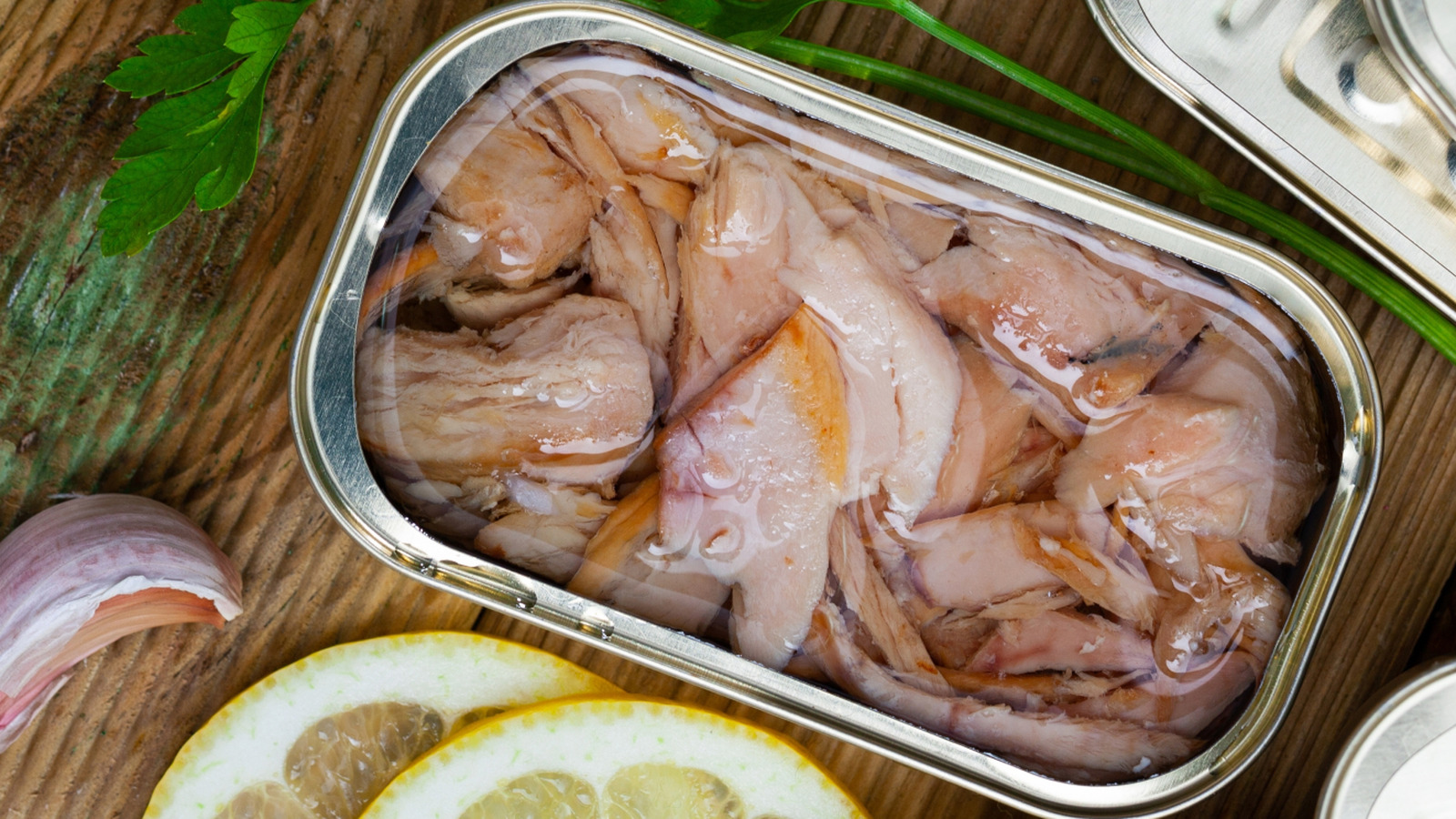For such a simple product, there sure are a lot of choices in canned tuna these days. From albacore to yellowfin, water packed to oil in a jar, there are a lot of varieties and preservation differences to understand, and you can’t just head into the grocery store without knowing exactly what to expect from your tinned fish. One of the more premium products on the canned tuna market is Ventresca, which is a little different from other canned tuna because it’s named for the cut of the fish rather than the variety.
Ventresca comes from albacore tuna belly, which is a cut of the fish that’s prized for its fatty, tender texture and mild flavor. Sushi fans may refer to this section of the fish as “toro,” but the name ventresca comes from the Italian word for belly. It’s typically sold either in oil-filled jars or in rectangular tins packed in oil like sardines (in our ultimate guide to types of canned tuna, ventresca falls into the jarred category). It’s definitely more expensive than your typical chunk light, but then again, ventresca isn’t the type of tuna to use for a plain old sandwich. A typical jar or tin can cost anywhere from $12 to $20 at the time of writing, so it’s best served in a way that lets the flavor and texture of the tuna shine.
How ventresca tuna is made
Ventresca is not just a different cut of tuna from the inexpensive stuff; it’s also prepared differently. A regular can of, say, skipjack or chunk light tuna, contains a mishmash of tuna meat. These styles are steamed in large quantities, the skin and bones are removed, and then it’s all canned with a machine. Ventresca, on the other hand, is often carefully handmade and cut in long pieces, which keeps the grain and marbling of the fish intact. It’s poached in oil to preserve the texture and then gently packed to prevent the filets from falling apart. Much like other fancy tinned fish, you can find ventresca either plain or canned with other ingredients like chili flakes and garlic. If you can’t find it on the shelf with the pouches and cans of inexpensive tuna, check the specialty food section of the store, and specifically the Italian ingredient section.
While there’s no rule that says you can’t use ventresca like any other tuna, treat it more like other specialty tinned fish. It’s very elegant served on a seafood charcuterie board or atop a fresh salade Niçoise. You can also add it to a simple weeknight pasta dish for some extra flavor and protein. Perhaps the best way to eat ventresca, however, is on its own with a squeeze of lemon and some simple crackers or potato chips, which will let the tuna’s decadent flavor and texture take center stage.





